The 15 Most Common Creatures In Tide Pools
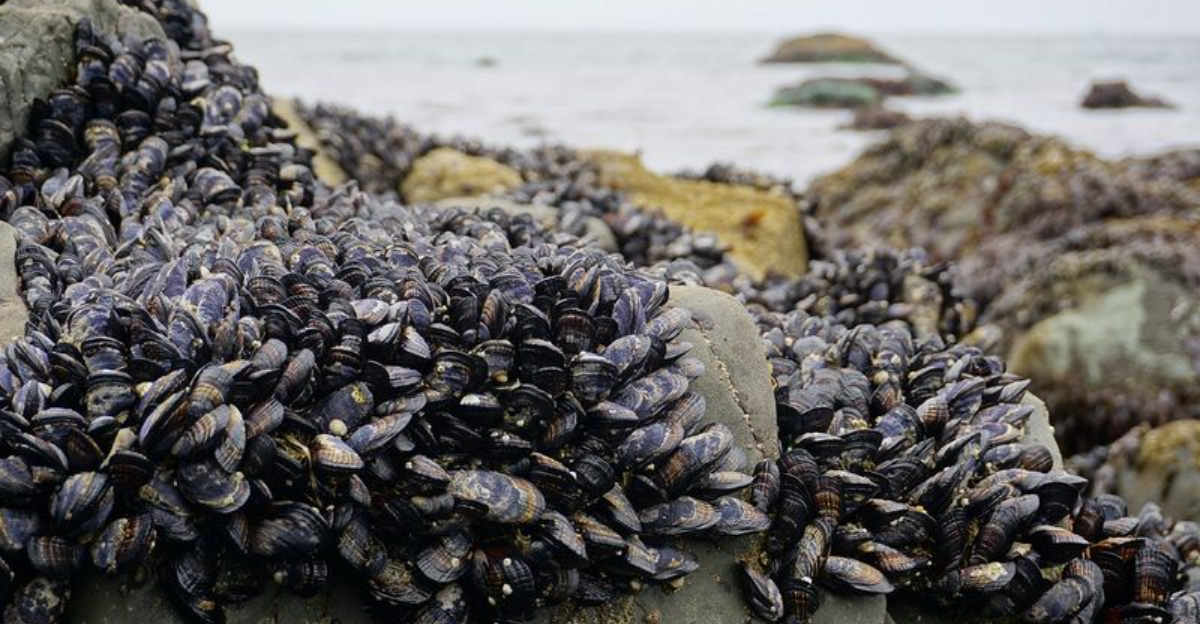
Tide pools are fascinating microcosms of marine life, teeming with creatures that have adapted to the ever-changing environment of crashing waves and receding tides. These miniature ecosystems provide a unique glimpse into the diversity and resilience of ocean life.
From colorful anemones to curious crabs, tide pools are home to an array of intriguing animals, each with its own story and role in the ecosystem.
1. Sea Anemone
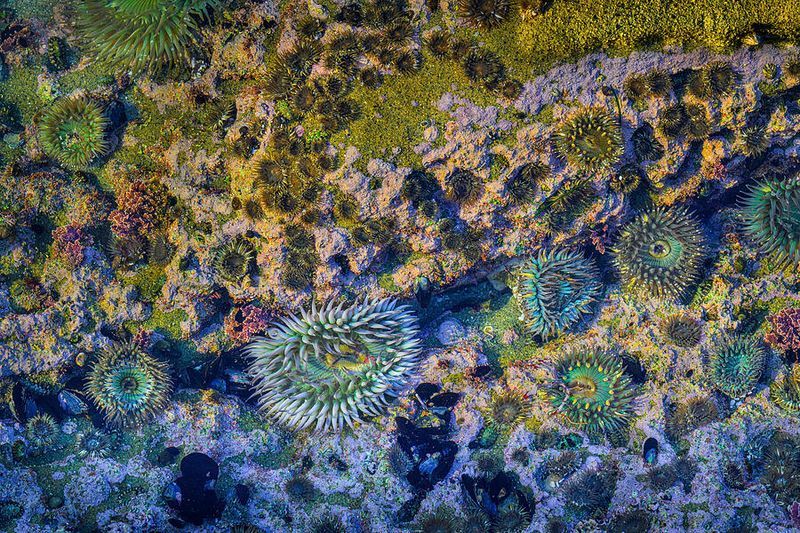
Ever seen a flower under the sea? Meet the sea anemone! Resembling a bloom, it’s actually a carnivorous creature. Its tentacles sting and capture prey, offering a dazzling underwater show.
These stationary predators are as beautiful as they are deadly. Surprisingly, their colorful appearance helps them blend into the vibrant underwater landscape. They’re a favorite among tide pool explorers, captivating all who encounter them.
2. Hermit Crab
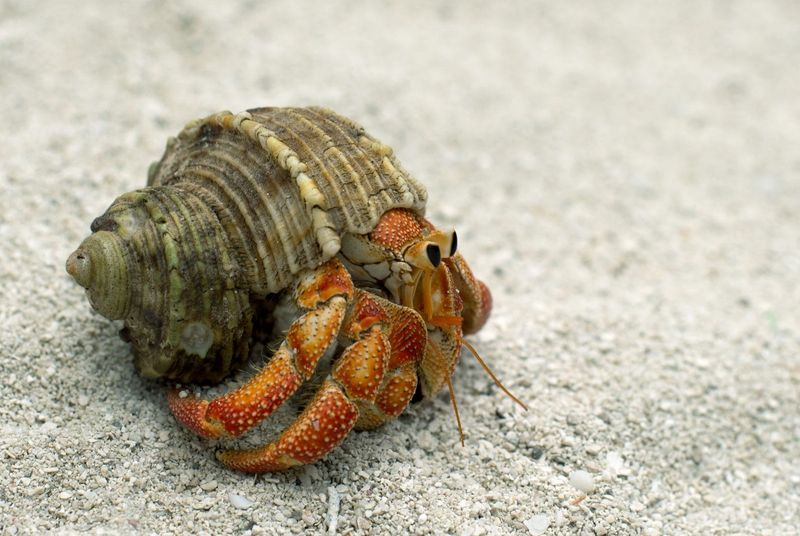
Why buy a home when you can borrow one? Hermit crabs are the ultimate recyclers, using empty shells for protection. These quirky creatures switch shells as they grow, always searching for the perfect fit.
Their adaptability is truly remarkable, allowing them to thrive in dynamic tide pool environments. Watching a hermit crab carefully select a new shell is a delightful sight for any observer.
3. Starfish (Sea Star)
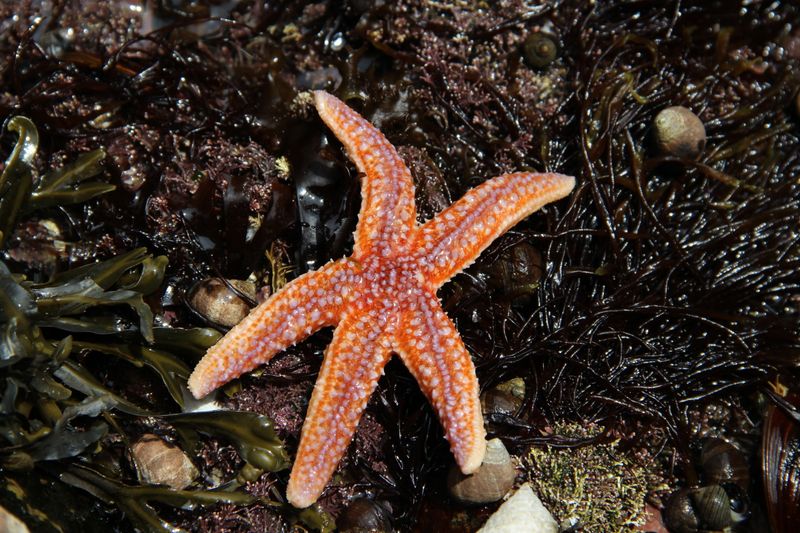
Did you know starfish aren’t really fish? Known as sea stars, they’re echinoderms with a unique ability to regenerate lost limbs. This remarkable feature highlights their resilience in the ocean’s challenging conditions.
Starfish play a vital role in the ecosystem, helping maintain balance by preying on mollusks. Their mesmerizing symmetry and vivid colors make them tide pool celebrities.
4. Barnacle
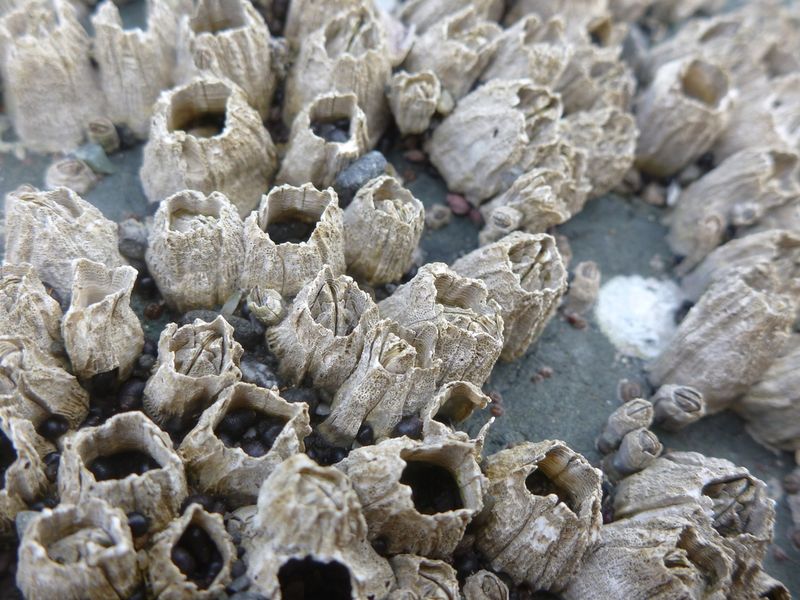
Ever wondered what those tiny, tough shells are? Barnacles are nature’s superglue, sticking to rocks with impressive strength. These crustaceans spend their lives cemented in place, filtering food from the water.
Despite their immobility, they play a crucial role in the tide pool community, providing habitat for other species. Their resilience and toughness are truly admirable.
5. Tide Pool Sculpin
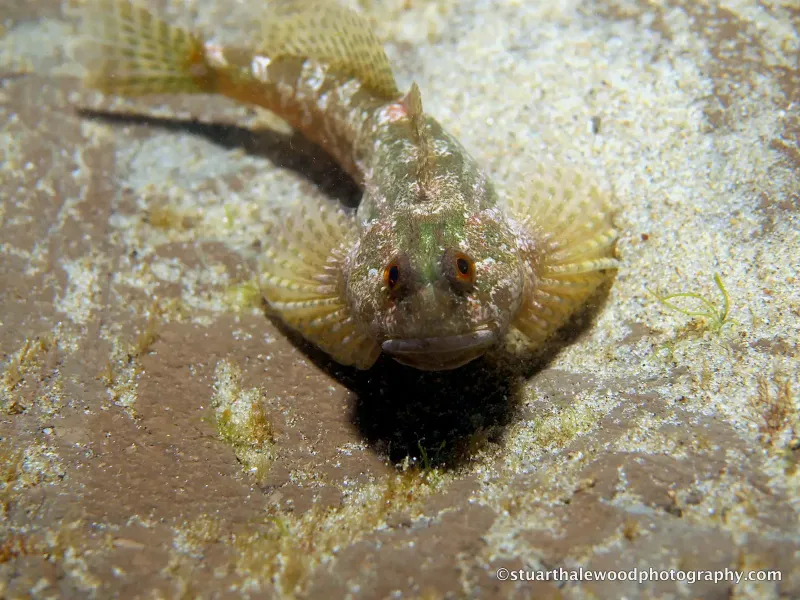
Masters of disguise, tide pool sculpins blend seamlessly with their surroundings. These small fish are experts in camouflage, a necessary skill for survival in predator-filled pools.
With a flattened body and mottled coloration, they’re almost invisible against the rocky substrate. Their quick movements and elusive nature make them a challenging but rewarding find for tide pool adventurers.
6. Chiton
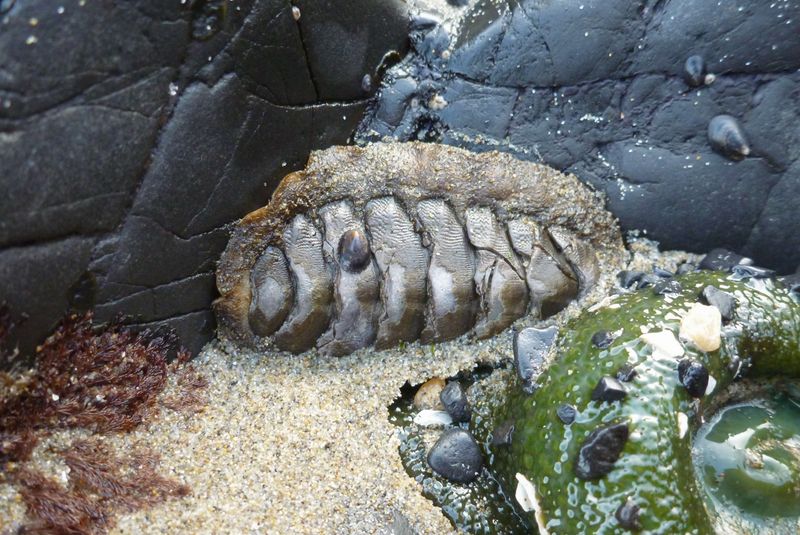
Imagine a living tank! Chitons are armored mollusks, with eight interlocking plates forming a protective shield. They slowly glide over rocks, grazing on algae.
Their unique shell structure provides flexibility and defense against predators. Chitons have a long history, dating back millions of years, showcasing their long-standing success in marine environments. Spotting one is like finding a piece of ancient history.
7. Mussel
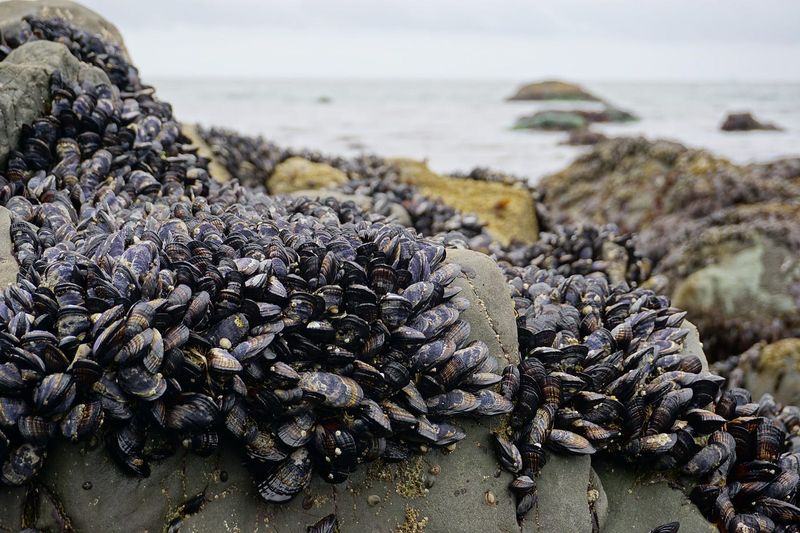
What’s more secure than a mussel’s grip? These bivalves cling tightly to rocks, forming dense clusters that withstand crashing waves. Mussels filter feed, playing a key role in maintaining water quality.
Their strong threads, known as byssal threads, are an engineering marvel, anchoring them firmly in place. Mussels are a staple in tide pools, contributing to the diversity and stability of these ecosystems.
8. Limpet
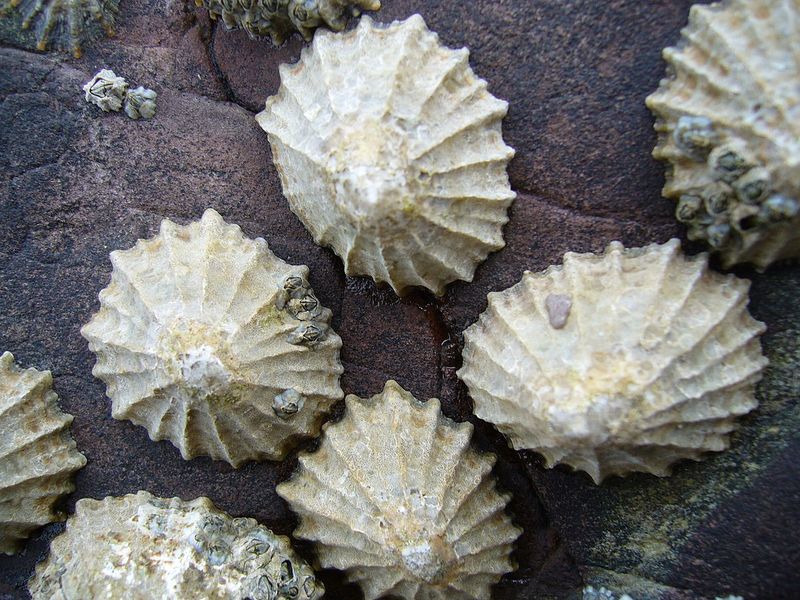
Meet the tide pool’s suction cup – the limpet. With its conical shell, it clings to rocks like a natural plunger. Limpets are grazers, feeding on algae and keeping the rocks clean.
Their strong muscular foot allows them to hold on tight, even in turbulent waters. These small but mighty creatures are essential for the ecological balance of tide pools, showcasing nature’s ingenious designs.
9. Sea Urchin
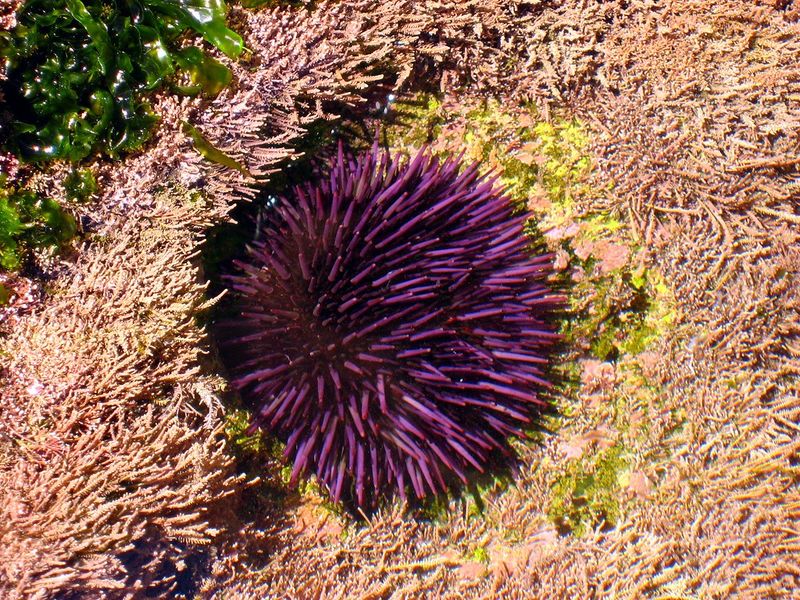
Ever touched a sea urchin? Their spines may look intimidating, but they’re crucial for protection. Sea urchins are vital grazers, controlling algae growth and maintaining ecosystem health.
Their unique, globe-like shape and vibrant colors make them standout residents. They’re fascinating to watch as they move slowly over rocks, using tube feet and spines in a coordinated dance. Sea urchins are the tide pool’s spiky stars.
10. Periwinkle Snail
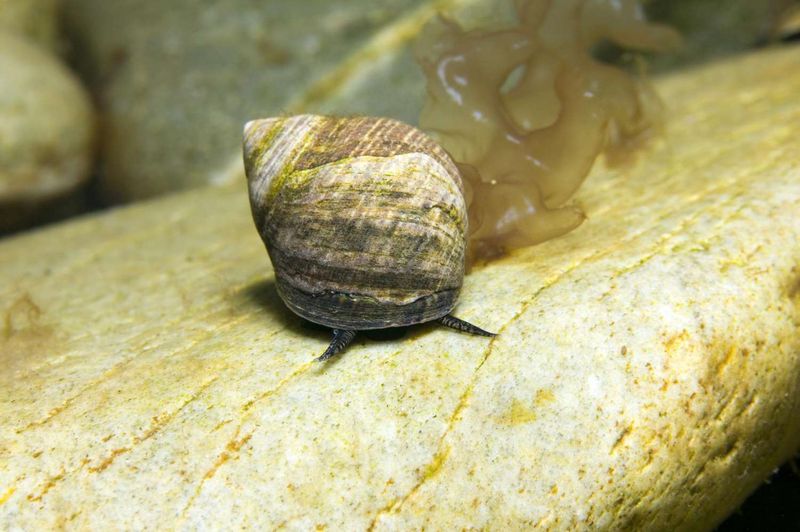
Tiny but tenacious, the periwinkle snail is a tide pool wanderer. Its spiral shell offers protection as it munches on algae. These snails are adaptable, thriving in varying salinities and temperatures.
Their resilience is inspiring, demonstrating nature’s ability to flourish in challenging conditions. Periwinkles play a vital role in the food web, supporting other marine life with their grazing habits.
11. Sea Hare
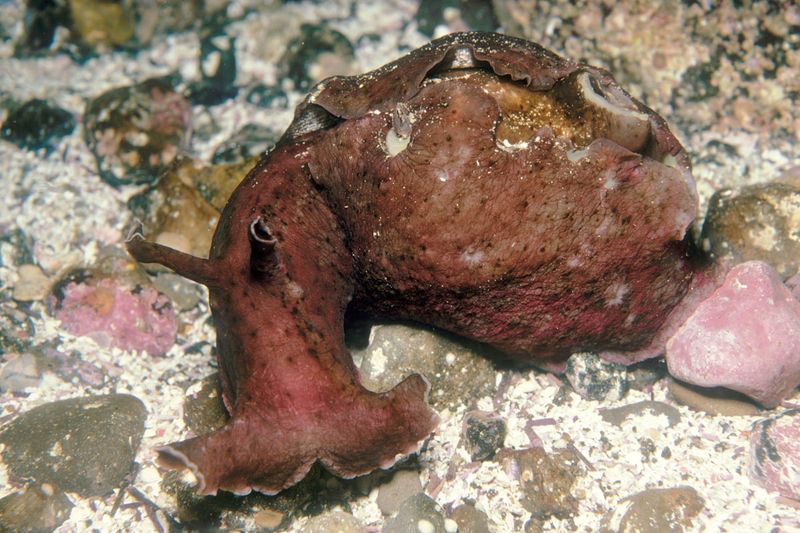
Ever seen a sea hare dance? These large, soft-bodied mollusks glide through water with elegance. They feed on algae, contributing to the ecological balance. Known for their ink defense mechanism, sea hares release a purple dye to deter predators.
Their gentle nature and unique swimming style make them a captivating sight. Sea hares remind us of the ocean’s wonders and the diversity within tide pools.
12. Crab
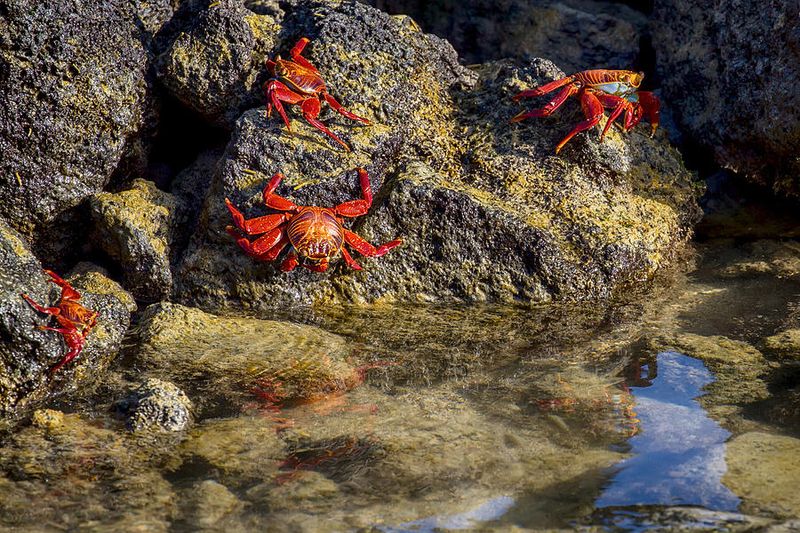
Who doesn’t love a crab’s sideways shuffle? These crustaceans are the tide pool’s scavengers, cleaning up detritus and keeping the ecosystem balanced. With strong pincers and a hard exoskeleton, they’re well-equipped for survival.
Crabs are both predators and prey, playing a crucial role in the food chain. Their antics and adaptability make them popular among tide pool visitors, offering endless entertainment.
13. Octopus
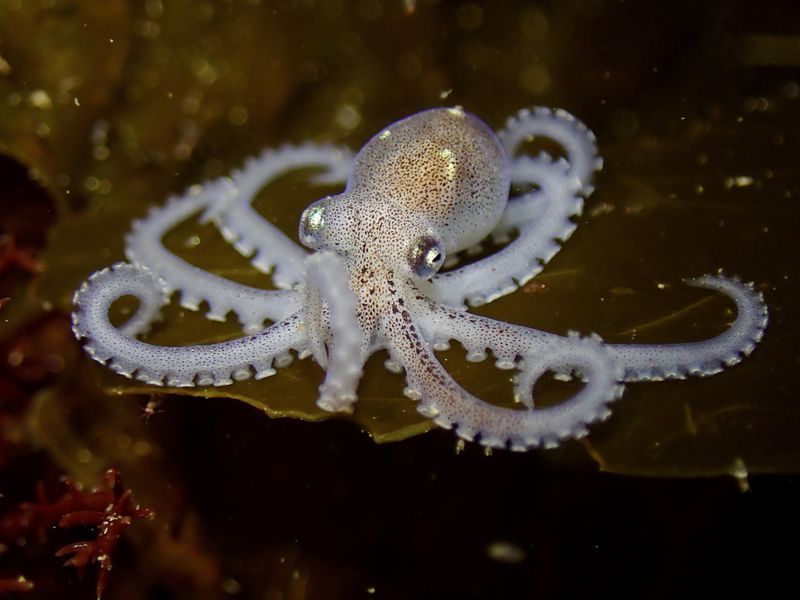
Did you know octopuses are escape artists? These intelligent cephalopods can squeeze through tiny gaps and mimic their surroundings. Their ability to change color and texture is fascinating, offering camouflage and communication.
Octopuses are curious creatures, exploring their environment with dexterous arms. Their mysterious nature and problem-solving skills make them the tide pool’s enigmatic residents.
14. Shrimp
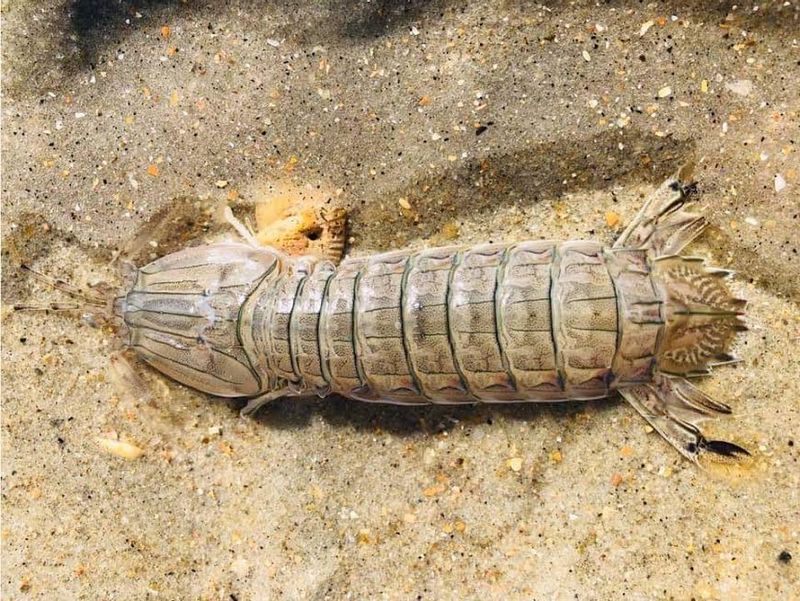
Ever seen a transparent creature? Meet the shrimp, a master of invisibility. Their translucent bodies blend perfectly with the water, offering protection from predators.
Shrimp are vital to the tide pool ecosystem, serving as cleaners and prey for larger animals. Their quick, darting movements are a joy to watch, showcasing the ocean’s dynamic life. Shrimp remind us of nature’s delicate balance.
15. Sea Cucumber
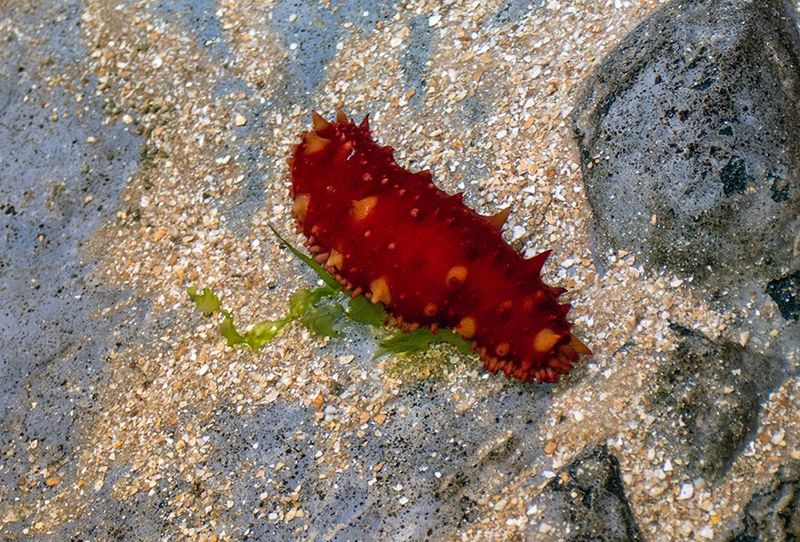
Ever heard of a sea cucumber? These odd, sausage-shaped creatures are the ocean’s recyclers. They ingest sand and organic matter, excreting clean sediment. Sea cucumbers play a crucial role in nutrient cycling, supporting the tide pool’s health.
Their soft, flexible bodies can expel internal organs as a defense, showcasing nature’s unique strategies. These unassuming creatures are vital to marine ecosystems.






